Abstract
Seven patients with bronchial asthma requiring continuous medication were subjected to eight weeks of nocturnal exposure to negatively ionized air, and their progress was followed using objective tests of lung function and clinical assessment. During exposure, four patients showed significant increases in morning PEFR, which in two of these patients was not sustained when exposure ceased. In two patients the observed increase in PEFR was accompanied by subjective improvement. From the results of all our assessments we conclude that, although this treatment may lead to an improvement in some patients with asthma, further objective studies are required to determine the value of negatively ionized air in the routine management of asthma.
Full text
PDF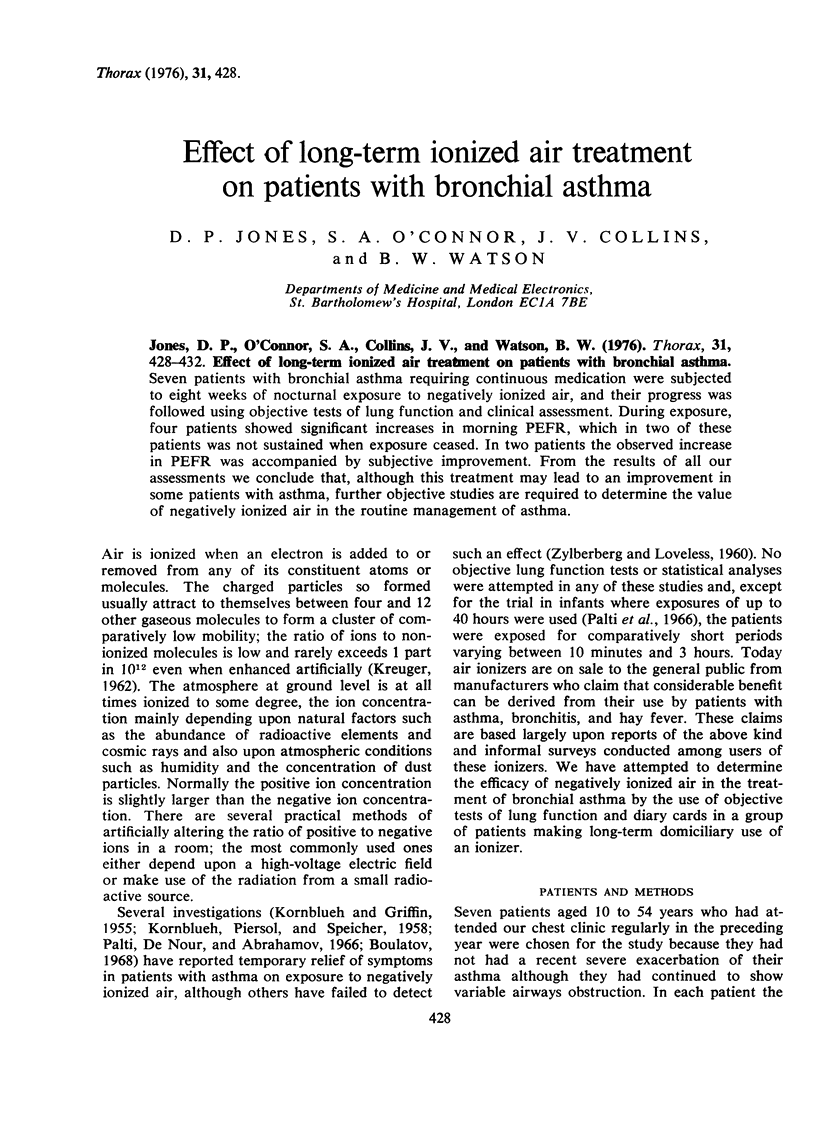
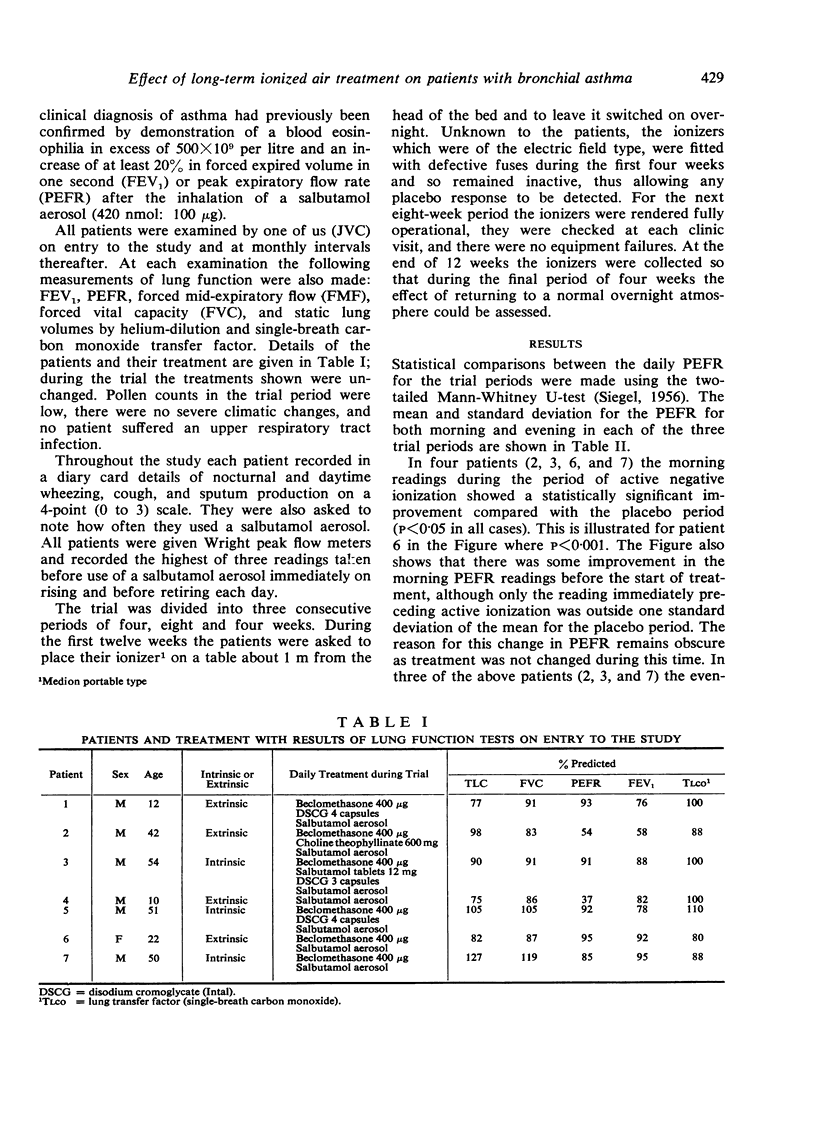
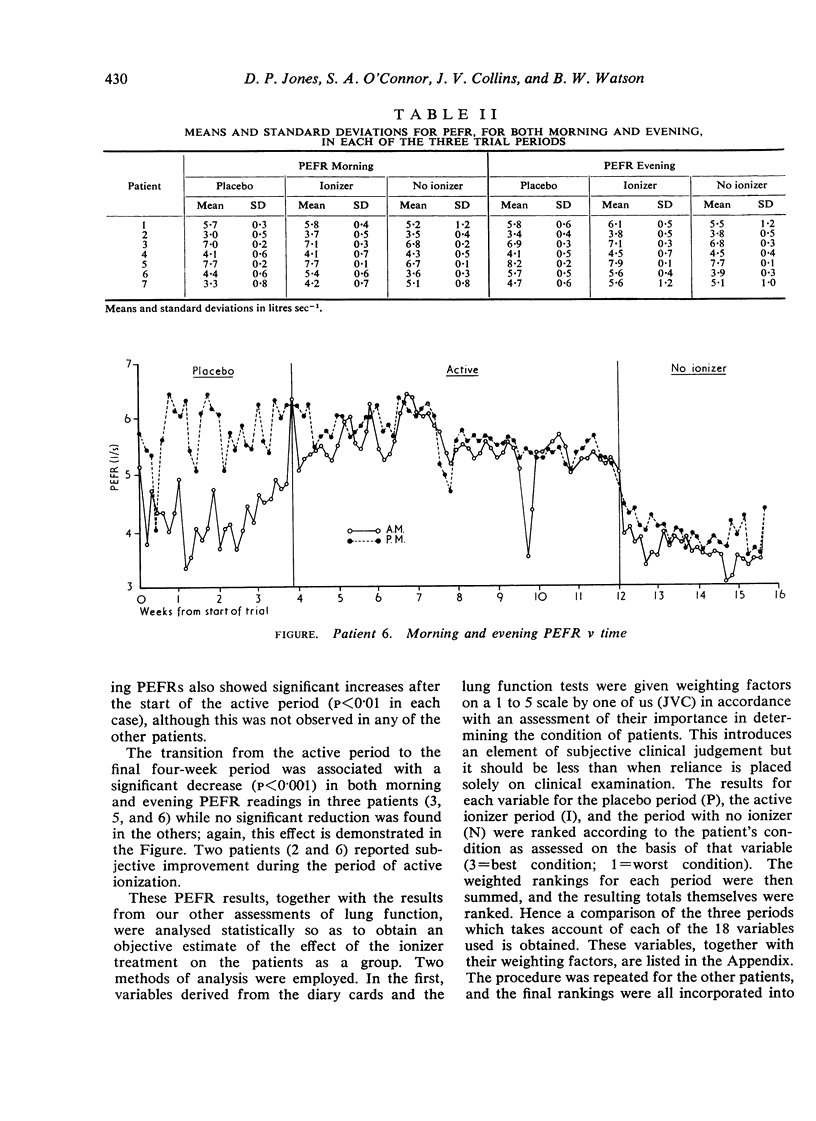
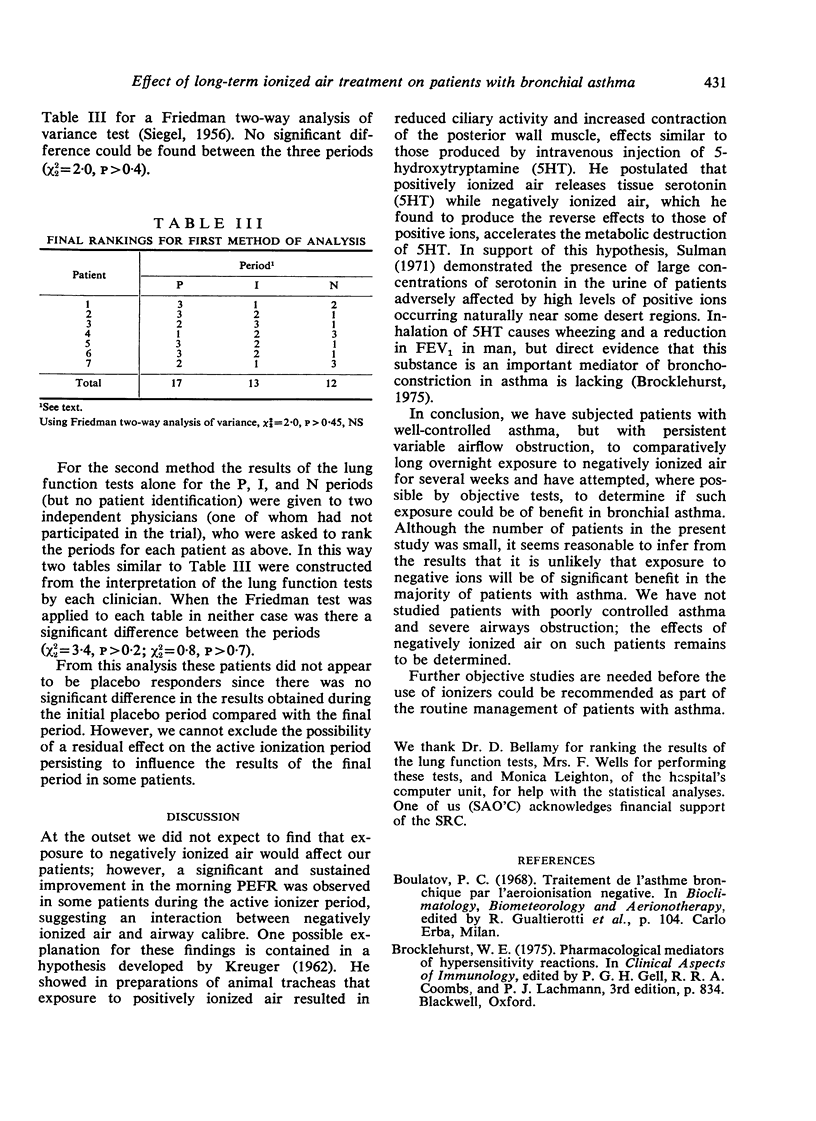
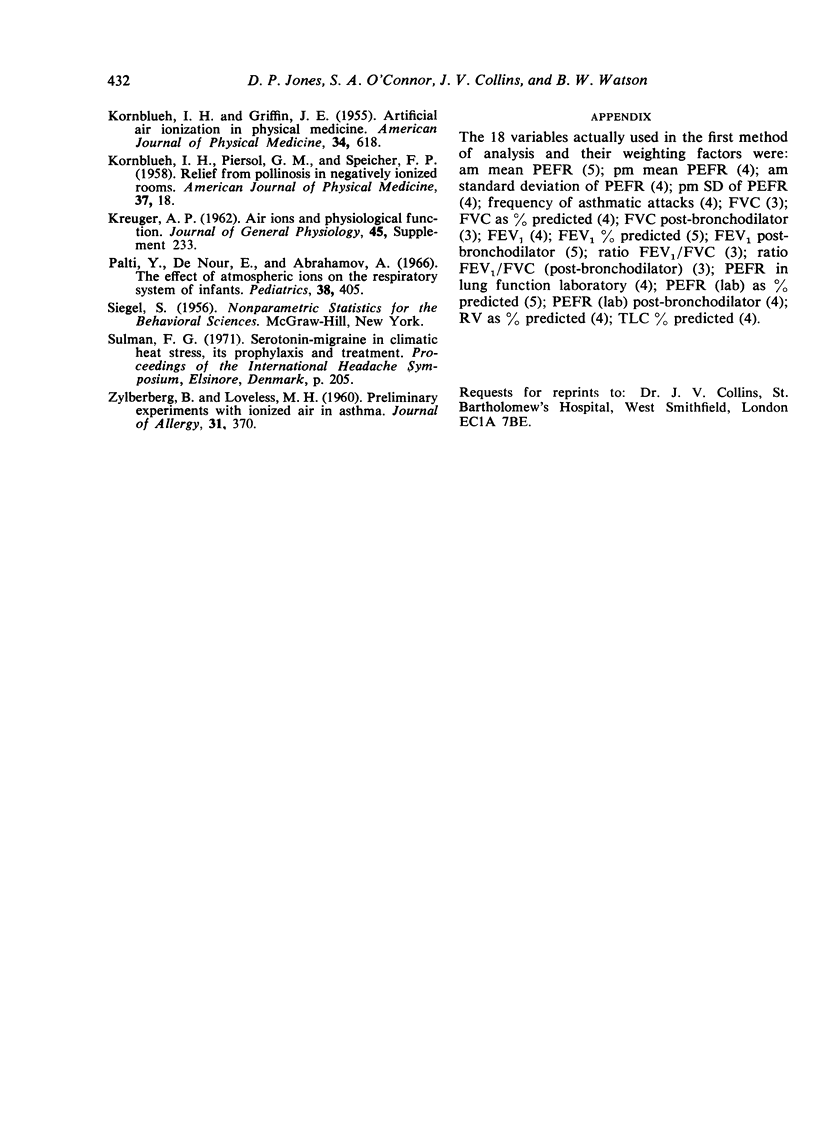
Selected References
These references are in PubMed. This may not be the complete list of references from this article.
- KORNBLUEH I. H., GRIFFIN J. E. Artificial air ionization in physical medicine; preliminary report. Am J Phys Med. 1955 Dec;34(6):618–631. [PubMed] [Google Scholar]
- KORNBLUEH I. H., PIERSOL G. M., SPEICHER F. P. Relief from pollinosis in negatively ionized rooms. Am J Phys Med. 1958 Feb;37(1):18–27. [PubMed] [Google Scholar]
- Palti Y., De Nour E., Abrahamov A. The effect of atmospheric ions on the respiratory system of infants. Pediatrics. 1966 Sep;38(3):405–411. [PubMed] [Google Scholar]
- ZYLBERBERG B., LOVELESS M. H. Preliminary experiments with ionized air in asthma. J Allergy. 1960 Jul-Aug;31:370–374. doi: 10.1016/0021-8707(60)90073-3. [DOI] [PubMed] [Google Scholar]


